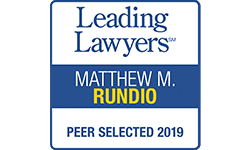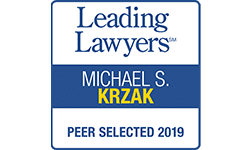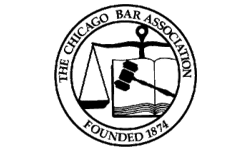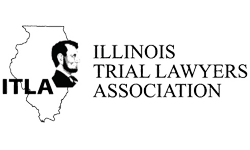Study: Earning Pressure Raises Risk of Illinois Worker Injuries
 Illinois workers’ compensation lawyers know that on-the-job safety can be largely dependent on company culture. A firm that prioritizes worker safety is going to have fewer workplace injuries, and that holds true even for some of the most dangerous industries. That’s because most worker injuries are preventable, if employers take the time to properly train, equip and supervise workers.
Illinois workers’ compensation lawyers know that on-the-job safety can be largely dependent on company culture. A firm that prioritizes worker safety is going to have fewer workplace injuries, and that holds true even for some of the most dangerous industries. That’s because most worker injuries are preventable, if employers take the time to properly train, equip and supervise workers.
But a new study finds that if companies are more focused on their bottom line and meeting earning quotas, workplace safety falls by the wayside, resulting in more reported injuries and workers’ compensation claims. Increasingly, companies throughout the U.S. are under intense pressure to meet stringent earnings expectations and quotas.
The study was published recently in the Journal of Accounting and Economics. It finds a causal correlation between high earning pressure and workplace injuries. The authors analyzed injury data from 870 companies, as provided to the U.S. Occupational Safety and Health Administration (OHSA) between 2002 and 2011. In all, there were 35,400 reports analyzed. What they found was that when companies met or just barely exceeded the financial expectations of their sector, their injury rate was 1 in 23. Meanwhile, companies that missed that substantially missed that mark – either falling short or exceeding it comfortably – had an injury rate of 1 in 27.
Illinois Workers’ Compensation Benefits
Workers’ compensation is a system of benefits provided by statute that covers most Illinois employees who suffer work-related injuries or occupational diseases. In most cases, benefits are paid regardless of fault, meaning even if the worker was partially responsible, he or she can still get benefits. Workers are also not saddled with the requirement of trying to prove their employer was negligent.
The law provides injured workers with:
- Medical care that’s reasonably required;
- Temporary total disability benefits;
- Temporary partial disability benefits;
- Vocational rehabilitation;
- Permanent partial disability;
- Permanent total disability;
- Death benefits for surviving family members.
Peru workers’ compensation attorneys will explain these benefits are not automatically granted. Workers have to file, and sometimes the claims process can be complex and even contentious.
Illinois Work Injury Data
The U.S. Bureau of Labor Statistics reports that in 2015, there were 172 fatal work injuries in Illinois. Since 1996, that figure has ranged from 262 to 146.
Transportation-related incidents and slips, trips and falls accounted for 53 percent of all work-related deaths here. That generally mirrors national trends, as does the fact that the private construction industry in Illinois tends to see the largest number of on-the-job fatal accidents.
While some industries may be inherently dangerous, that doesn’t mean employer policies make no difference. In fact, they can make all the difference because most work-related injuries, illnesses and fatalities are preventable.
The study authors who published the recent analysis found that when managers are under intense pressure to deliver on earnings or production, they are less likely to prioritize worker safety, and in turn, this results in more reported workplace injuries and workers’ compensation claims. In fact, even when controlling for industry-specific hazards, injury and illness rates at firms with high-pressure environments are 5-to-15 percent higher.
This is often directly related to the fact that managers may overlook or circumvent certain safety practices and costs, such as investing in proper tools and employee training.








